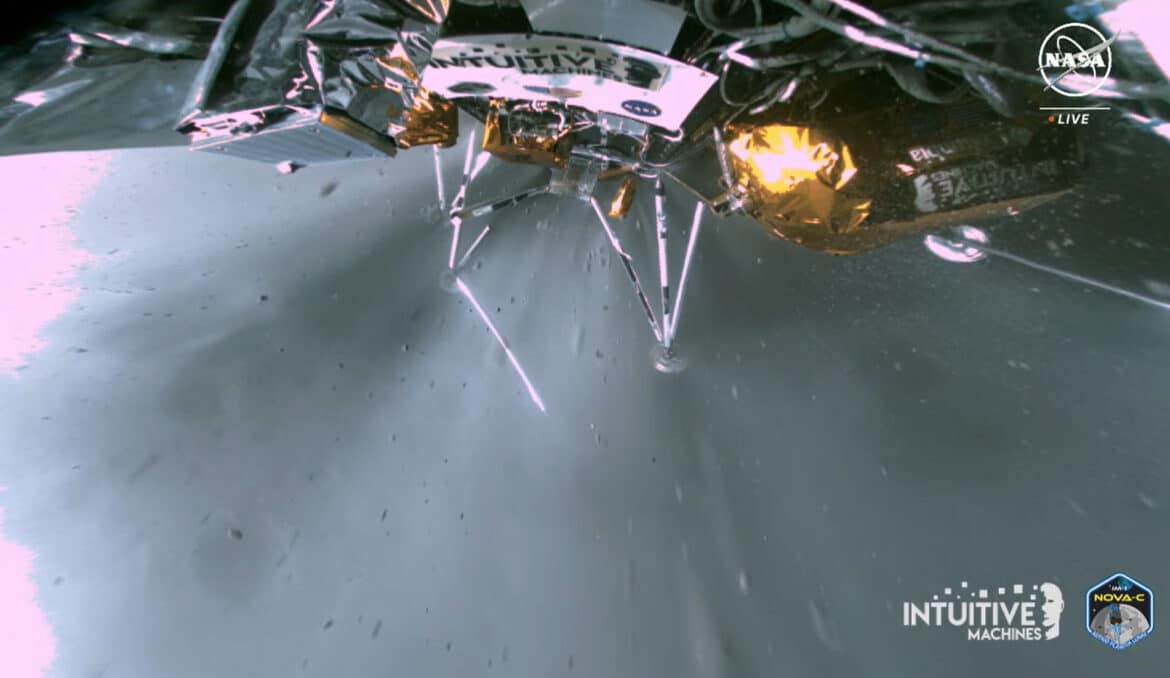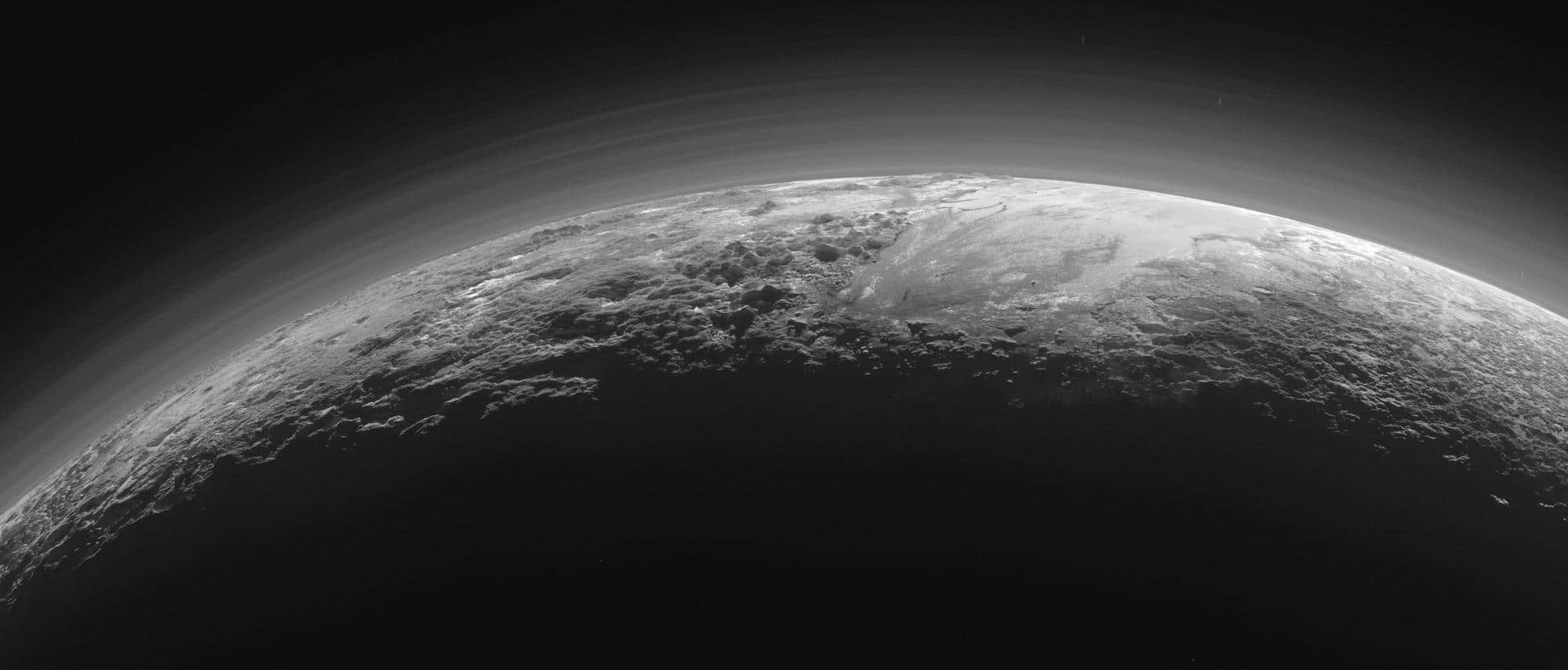
Share
Published on 25 September 2015
New, higher-resolution images taken of the flyby over the dwarf planet on 14 July and transmitted by New Horizons in late September confirm the complexity of Pluto’s geology, described by NASA as ‘perplexing’.

During its historic flyby over Pluto on 14 July 2015, the New Horizons probe accumulated an incredible amount of data and images. So much so, in fact, that it was unable to transmit the information during its closest encounter with the dwarf planet: it took over a year for the NASA probe (manufactured and managed by the Applied Physics Laboratory at John Hopkins University) to send all of the measurements and photos via radio waves!
As the new data arrived, scientists were met with surprise after surprise. On 17 September for example, we were shown this astonishing panorama of the dark side of Pluto (below) captured by the Ralph instrument’s MVIC camera (more details in this article).
On 24 September, NASA published more images that were just as awe-inspiring, such as this full portrait of Pluto, once again taken by the MVIC (Multispectral Visual Imaging Camera). It is worth noting that the colours shown would not be visible to the human eye, as the MVIC uses infrared. To date, this is the highest resolution full portrait we have of the dwarf planet, with details as small as 1.3 km.
If you like, you can download the high-resolution file (70 MB!) by clicking on this link..
By zooming into one section of the image, you can see a breath-taking view of ice water mountains rising up to 3.5 km high over a nitrogen ice plain.
Below, a 350 km-wide strip covers a large section showing fairly old terrain (demonstrated by the presence of impact craters), and then moving to the right, frozen water mountains and the beginning of the plain known as Sputnik Planum. The resolution of the original photo (NASA link) reaches the 250-metre mark! An image taken with the New Horizons’ the LORRI camera, fitted with a telescope that acts as a telephoto lens.
By zooming into a part of the photo shown above, you can see mountains of ice surrounded by the Sputnik Planum plain, with the latter presumably being made of nitrogen ice. Scientists are suggesting that this plain’s highly volatile matter (which sublimates easily, meaning it is transformed directly from a solid state to vapour) explains the presence of what look like dunes.
Another astonishing image comes to us from a photo taken via Ralph/MVIC: a 350 km-wide view of Pluto’s surface with what NASA has described as a ‘snakeskin’ appearance. According to William McKinnon, one of the scientists working on the New Horizons mission, this landscape is both “unique and perplexing”! He sees it as possibly being “some combination of internal tectonic forces and ice sublimation”, but prefers to remain cautious, adding that time is needed to explain the phenomena seen on these images. Pluto really is full of surprises!
General photo credits: NASA/JHUAPL/SWRI